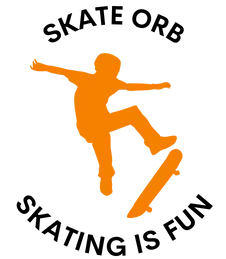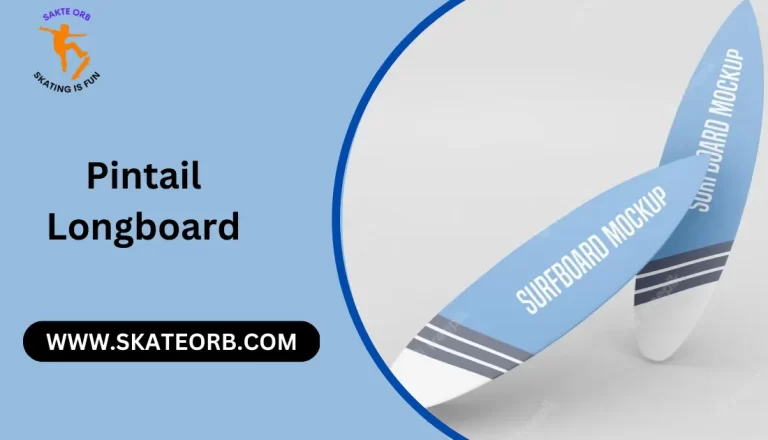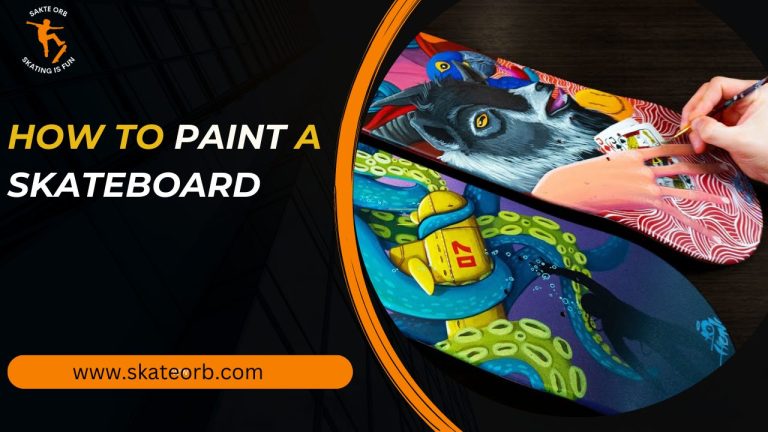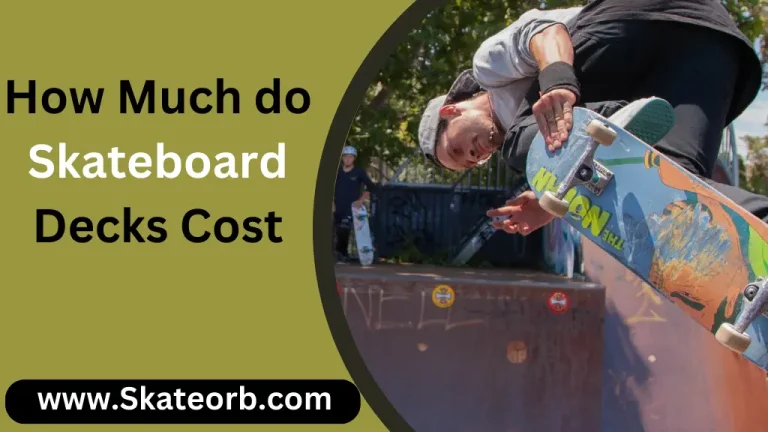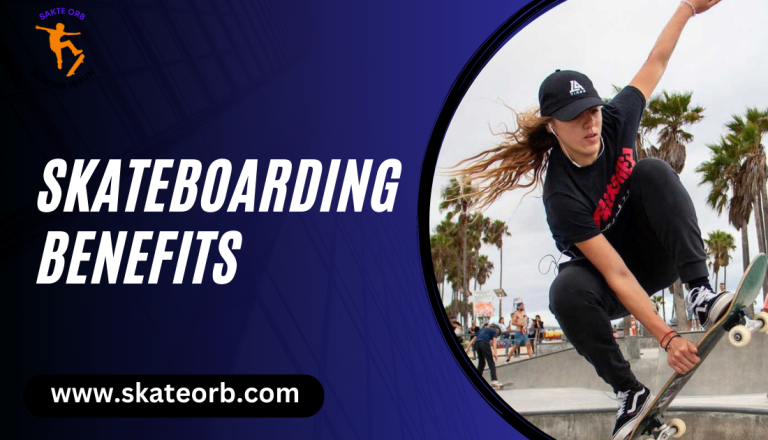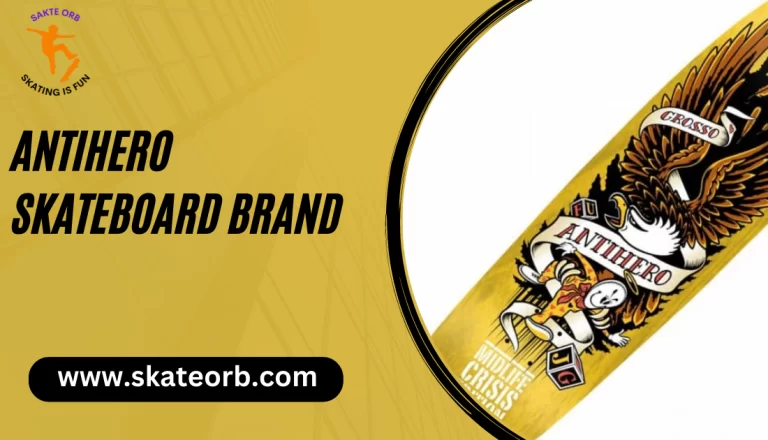Mongo Skateboarding | Stylish Skate Pushing for Skaters 2023
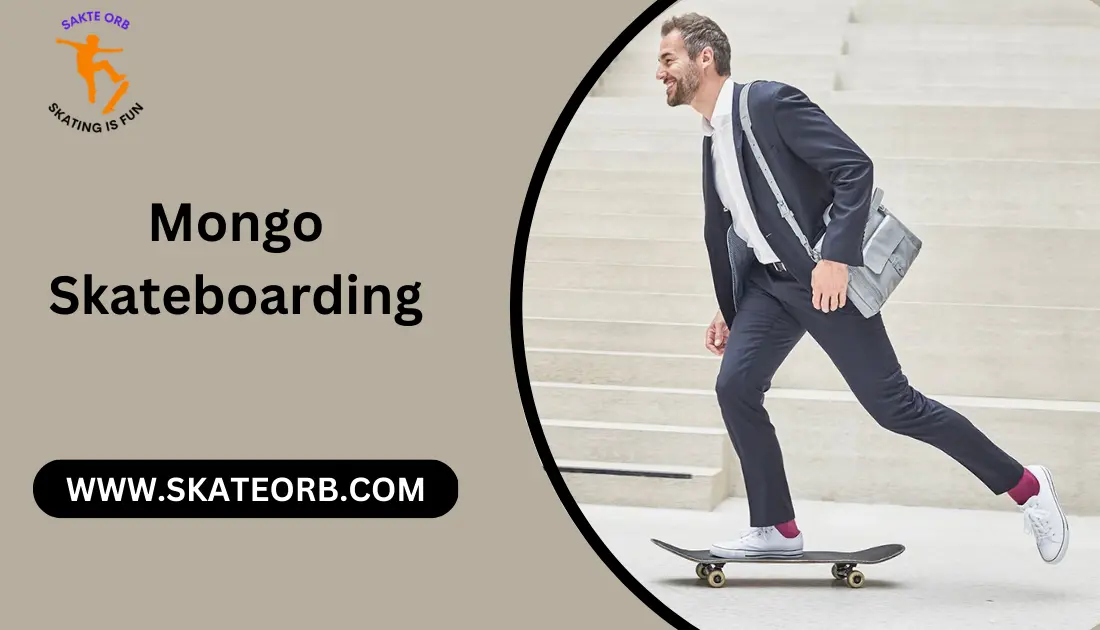
In skateboarding, “mongo” describes pushing with your back foot rather than your front foot. It is used primarily for riding down stairs or hitting rails and is regarded as an unorthodox skating technique. Some individuals find it disrespectful that the word “mongo” is used in skateboarding because it is derived from the word “mongoloid,” an antiquated term for people with intellectual problems.in skating pushing your back foot rather than your front foot is known as mongo skateboarding.
Mongo Push
In skating, pushing off with your rear foot instead of your front foot is referred to as a “mongo push.” This unorthodox method is primarily employed for riding down stairs or slamming into rails. While some skaters prefer to stick with conventional pushing tactics, others find the mongo push a handy tool in their trick repertoire. However, using the Mongo style is a matter of personal preference, and each skater must make that option.
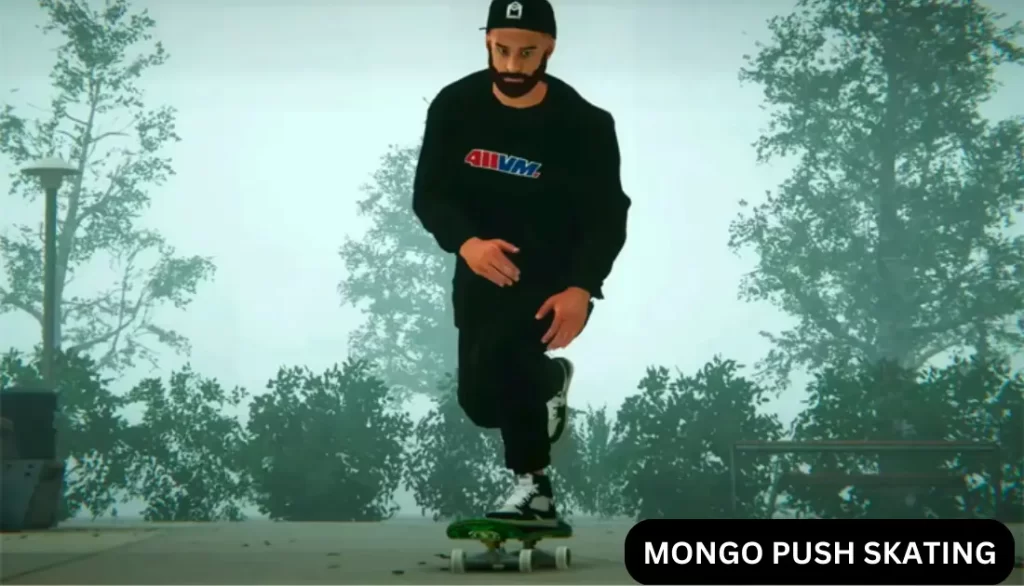
what is Mongo Pushing?
It is a term used in skating to describe a method of pushing the skateboard forward that uses the back foot rather than the more conventional front foot. The reason this method of pushing is known as “Mongo push” is because the rear foot, which is frequently referred to as the “mongo” foot, stays on the tail of the board and is used for pushing while the front foot is used for balance and control. In skateboarding, mongo pushing is regarded as an older and less popular form of pushing.
Skateboarding mongo
Mongo skateboarding is a method of pushing on a skateboard that substitutes the back foot for the front foot, which is the conventional method. it is frequently employed to descend stairs or strike rails this is a trick that some skateboarders believe to be effective. However, many people view it as an unorthodox approach, and whether or not to employ it depends on personal preference. The name “mongo” comes from the term “mongoloid,” which is now considered derogatory in skateboarding because it was once used to describe persons with intellectual problems.
Mongo Skate
A skateboard propelled using the back foot rather than the front foot is referred to as a “mongo skate.” Mongo style, mostly used for sliding down stairs or slamming rails, is a unique technique in skateboarding. However, many skateboarders stick to conventional pushing techniques and do not use the mongo style. Skaters who like the mongo may use this method for their riding style. Each skater makes their own decisions regarding the mongo technique and the kind of skateboard to employ.
Mongo Skater
A skateboarder who pushes their skateboard using their back foot instead of the conventional front foot is known as a “mongo skater.” They are frequently employ this maneuver to strike rails or ride downstairs. Although some skateboarders think mongo pushing is a helpful trick in their toolbox, many people view it as an unorthodox approach, and whether or not it is safe depends on personal choice. It is up to each skateboarder to decide whether or not to employ the Mongo technique and adopt the mongo skater moniker.
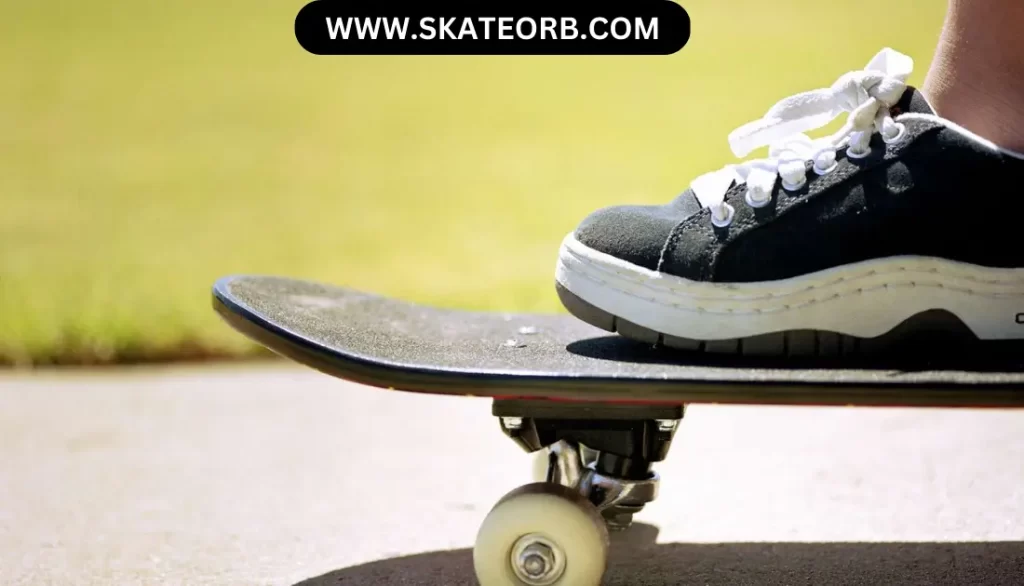
Mongo Skateboarders
Skaters who adopt the mongo pushing technique, in which the back foot is used in place of the conventional front foot to propel the skateboard, are known as mongo skateboarders. For striking rails or riding down stairs, this method is frequently employed.
Mongo pushing is an uncommon personal preference, even though some skateboarders consider it a valuable move in their trick repertoire. “Mongo” originated from the term “mongoloid,” which is now considered derogatory in skateboarding because it was once used to describe persons with intellectual problems.
Mongo Skateboarders
People who skateboard with the mongo pushing technique—in which the back foot is used to propel the skateboard rather than the customary front foot—are known as mongo skateboarders. For striking rails or riding down stairs, this method is frequently employed. Mongo pushing is a trick that some skateboarders find useful, but many view it as an unorthodox move, and whether or not to employ it depends on personal preference. The term “Mongo” originated from the word “Mongolia,” an archaic term for individuals with intellectual disabilities, and some people find it offensive when it is used in skateboarding.
Mongo Push Skating
It is a form of skateboarding in which the rear foot, as opposed to the conventional front foot, is used to propel the skateboard. For striking rails or riding down stairs, this method is frequently employed. The mongo skating maneuver is a matter of taste and is considered an unusual technique in skateboarding. It is a beneficial skill for certain skateboarders, but others prefer to stick with more conventional pushing methods. Nevertheless, it is entirely up to each skateboarder whether or not to employ the Mongo approach.
Riding Mongo
When skateboarding with the Mongo style, which involves pushing the skateboard with the back foot rather than the conventional front foot, the action is referred to as “riding Mongo.” This method is frequently employed for striking rails and riding down stairs. Even though some skateboarders regard mongo pushing as a valuable trick in their trick repertoire, many people view it as an unorthodox approach. Whether or not to employ it depends on personal preference. Each skateboarder can decide whether or not to employ the Mongo technique.
In skateboarding, “Regular” and “Mongo” allude to two different pushing techniques. Regular mongo is a combination of conventional and non-traditional ways of skateboarding. The conventional method of pushing on a skateboard, known as the “regular” style, involves using the front foot. On the other hand, the “Mongo” style involves pushing with the back foot instead of the front foot. Mongo pushing is regarded as an unusual technique and is frequently utilized for hitting rails or riding down stairs. Each skateboarder must decide whether to employ the standard or Mongo style.
Skateboard Pushing Style
The manner a skateboarder pushes oneself forward on a skateboard is referred to as their pushing style. In skateboarding, there are two primary pushing techniques: Normal and Mongo.
Regular skating involves pushing the skateboard with the front foot. The most typical and traditional method of pushing a skateboard is described above.
Mongo skating involves pushing the skateboard with the back foot rather than the front. The technique known as “mongo pushing” is uncommon and is mostly employed for hitting rails or riding down stairs.
Choosing which pushing technique to employ is a personal choice for each skateboarder and may differ based on the kind of trick they are attempting to do or their personal preference.
Best Switch Skaters:
In skateboarding, the term “switch” describes riding with a stance that is the reverse of what is thought to be the skater’s normal stance. A “switch” skater can ride easily in a normal and silly stance.
The finest switch skaters are difficult to rank because skateboarding is a subjective sport, and people’s preferences can differ. But among the most well-known switch skaters in the skateboarding world are:
- Nyjah Huston
- Paul Rodriguez
- Shane O’Neill
- Luan Oliveira
- Torey Pudiwill
- Eric Koston
- Chris Cole
These skaters are considered some of the top switch skaters in the world because of their technical skateboarding abilities, versatility, and comfort riding in both regular and goofy stances.
Goofy-Footed Skaters:
Those who skateboard with their right foot forward are “goodies” or “goofy footed skaters.” There are two basic stances in skateboarding: regular and goofy. Stance refers to where the feet are placed on the board. The goofy stance is when the right foot is in front, while the regular stance is when the left is in front.
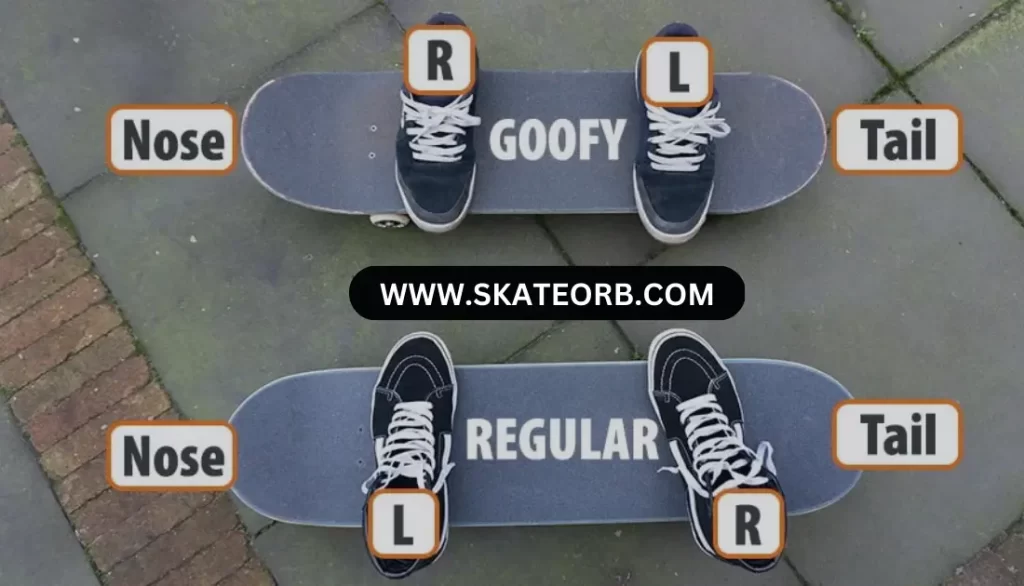
Several well-known bonkers skateboarders include
- Tom Schaar
- Bob Burnquist
- Bucky Lasek
- Tony Hawk
- Rune Glifberg
- Andy Macdonald
- Danny way
These skaters are renowned for their unique stunts, technical skateboarding abilities, and relaxed, goofy stance. Personal preferences on the best goofy-footed skaters may differ, just like with any other skateboarding topic.
Conclusion:
In conclusion, Mongo skating is a form of skateboarding in which the back foot, as opposed to the conventional front foot, is utilized to propel the skateboard. The use of mongo pushing is a question of personal preference for each skateboarder and is regarded as an unorthodox technique in the sport. Mongo pushing is a move that some skateboarders find helpful to add to their standard pushing techniques. However, each skateboarder’s decision to employ or not use the Mongo technique will rely on their unique preferences and skating objectives.
FAQ’s
Do any Pro Skaters Skate Mongo?
Yes, some professional skateboarders use the pushing technique known as “mongo” when riding their boards. But not every skater chooses to ride a mongo, and it’s thought of as a matter of taste.
Is it ok to Skate Mongo?
Yes, skateboarders may choose to skate mongo, and it is acceptable. Some skaters push with their front foot, while others push with their back foot. There is no right or wrong way to skate; it depends on your taste and flair. It is totally personal choice some people like mongo skateboarding while others like the regular style.
Why is it Called Skating Mongo?
Producing the skateboard using the front foot rather than the back foot is referred to as “mongo” in skateboarding parlance. Although the term “mongoorigin “‘s is unknown, it is believed to have started in Southern California around the 1970s and 1980s. The word “mongo” may have originated from the Spanish word “Mongol,” which means “dumb” or “foolish,” suggesting that some people view riding a mongo as a less proficient or effective way of using a skateboard. However, many skateboarders like to ride mongo and think it’s a cool and original style to ride.

Who Is Roy Harris
Hey there, I’m Roy Harris, and skateboarding is my life.
Growing up in sunny Southern California, I fell head over heels for skateboarding at an early age. From the moment I stepped on a skateboard, I knew it was my calling.
